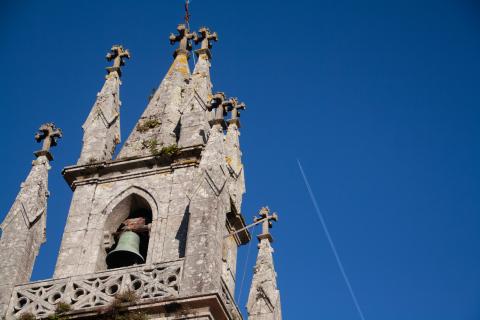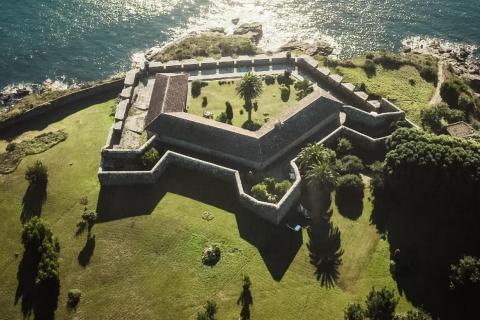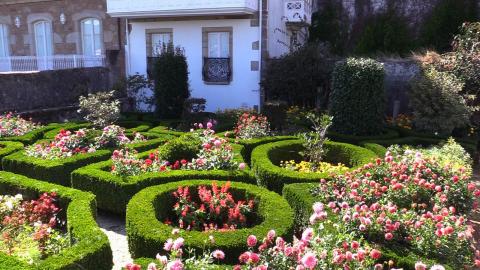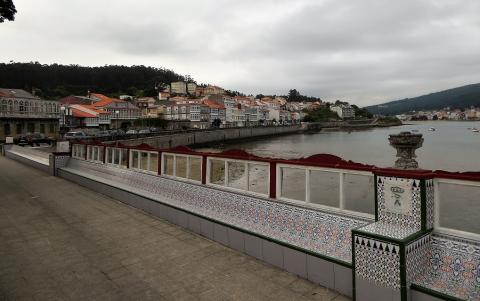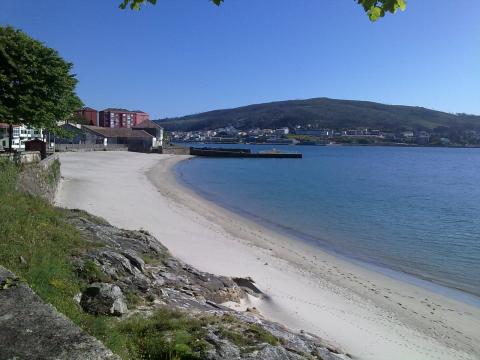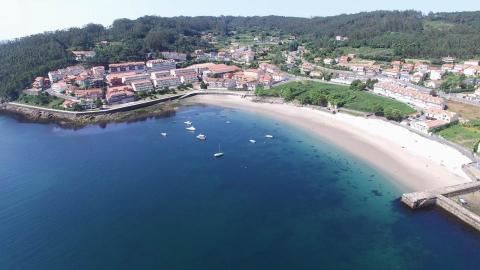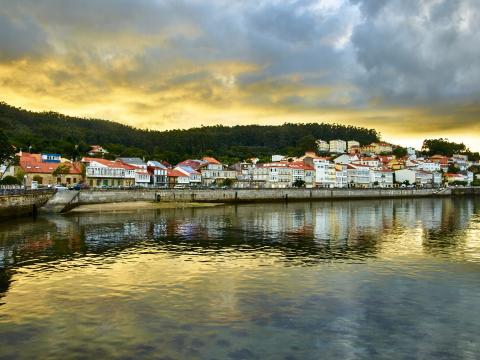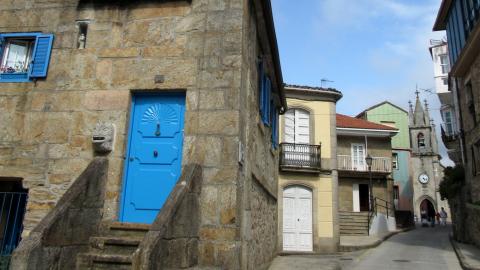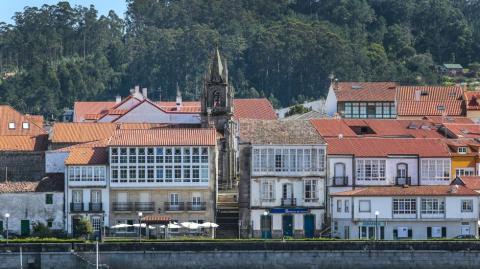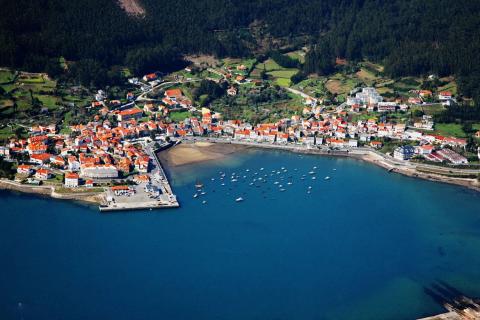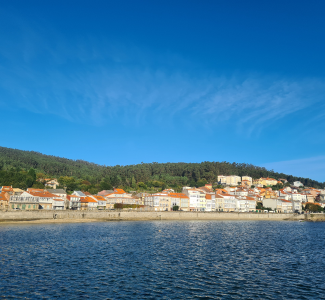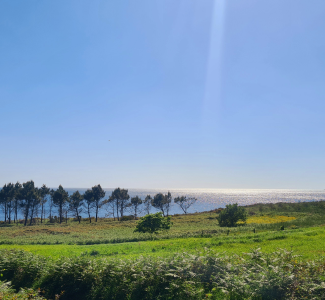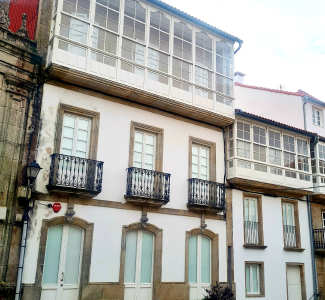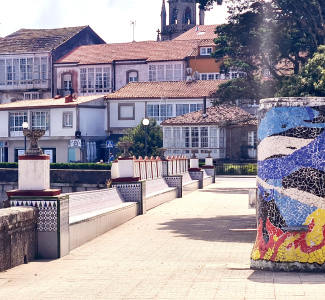What to see in Corcubión
Corcubion, land of calm and bravery
Cultural Heritage
Cultural Heritage
Seno de Corcubión Maritime Museum
Underwater heritage
The Maritime Museum in Corcubión has been closed for several years. Even so, it is located in a unique building that deserves a mention.
This museum is located next to Quenxe’s beach and its purpose was to recover, preserve and disseminate the historical and maritime heritage of the geographical area covered by the so-called Seno de Corcubión (bay of Corcubión).
This building was built in the 19th century, initially, to be a fish salting factory. Like many other salting factories, it has a rectangular structure arranged around an open central courtyard that would have been used for the reception and preparation of the fish.
At the beginning of the 20th century, the Compañía General de Carbones (General Coal Company) was installed in this building, which meant that official bodies were set up in the area, such as Customs, external healthy service and maritime rescue.
Once the commercialization of coal decreases, the building is reused as a shipyard for the construction of wooden boats.
The idea of creating a sea museum was born in 2000 in a meeting chaired by Marcelo Castro Rial and members of the municipal corporations of Corcubión, Cee, Carnota, Dumbría and Fisterra. The first opening to the public was made in the same year coinciding with the Mercedes' festivity. The official opening of the venue took place on the 6th of October 2001.
This museum housed a great quantity and variety of pieces from the ships that were built or sailed in the 20th century in the bay of Corcubión, from Cape Fisterra to Punta Insua (in Carnota), as well as wooden templates, construction plans and nautical charts. All these pieces were divided in the following collections:
- Logbooks
- Magnetic ship’s compass
- Other nautical instruments
- Nautical charts
- Maps
- Radio communication equipment
- Radio navigation equipment
- Detection equipment (radars and probes)
- Maritime rescue equipment.
- Lanterns
- Models and silhouettes
- Diver
- Carpintería de Ribeira (Ribeira Carpentry, which is the craft of traditional construction of wooden boats)
- Engines
- Steering wheels
- Deck machinery

